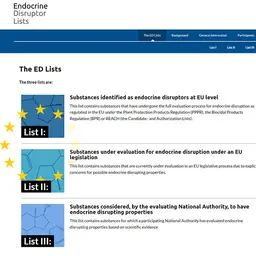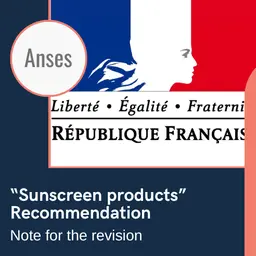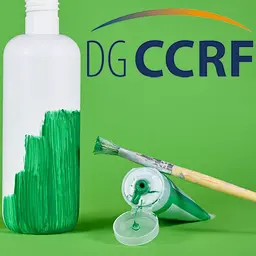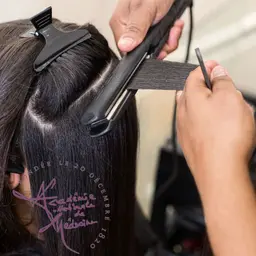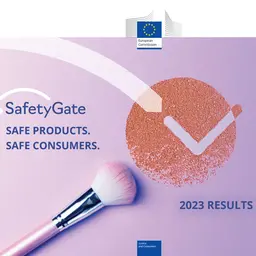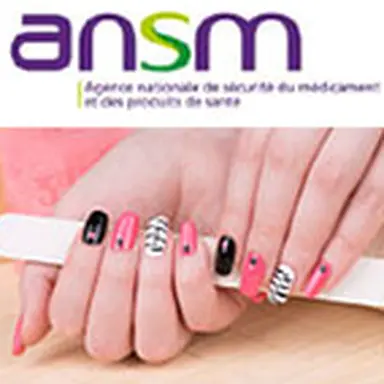
The products and techniques used to apply or remove artificial nails are not risk-free for natural nails or the tissues around them. These practices are increasingly advised against in certain situations (pregnancy, surgery…). The ANSM (French National Agency for Medicines and Health Products Safety) has published a document to inform the general public on these risks and provide some warning advice.
Two main techniques are used to create an artificial nail: the self-hardening resin (it is called the ‘sculpted nail’ technique) and the gel that hardens under UV rays, which both make natural nails gain some length.
There is also an older technique, now less widely used by professionals (beauticians and/or people holding a professional qualification certificate as a nail stylist), which consists in fixing a plastic capsule on the whole nail surface. Then, the capsule is filed to be adjusted to the length desired.
Also, there is a technique that is less popular – more expensive – which consists in sticking small bits of glass fibre fabric either directly on the natural nail or on a capsule.
In any case, the professional must apply the products right up to the edge of the nails and cuticles (without covering them) to prevent natural nails from coming unstuck.
In addition, artificial nails must be applied by a professional. To remove them, nails are either immersed into a solvent, most often acetone in case resin was used, or are filed if it is the gel that was used. If users scratch or tear out their artificial nails themselves, natural nails might come unstuck.
Risks
Too aggressive filing weakens natural nails and can make them come unstuck.
If the artificial nails are laid beyond the natural nail or cuticle limits, there can be a local inflammation, natural nails may fall, or paraesthesia may appear at the fingertips (abnormal skin sensitivity).
Users may also suffer from allergies to the gel, glue, or resin. These appear in the form of eczema around the nails (redness with itching or a burning sensation) and/or on the face (especially the eyelids) or natural nails can come unstuck.
On top of that, natural nails may become infected under the prosthesis. The infection makes them visibly change colours after the artificial nails were laid (they become yellow or greenish, most often), and trigger an inflammation around them: usually a mycosis (an ailment due to fungus, like the candida spp. yeast).
These complications must be prevented with a good technique (in particular by preventing your hands from getting stained with the instruments and products during polymerization).
When should artificial nails be advised against?
You should not get artificial nails if:
• You are under 16: you had better wait for your nails to be completely mature. Besides, if you are minor, your parents’ agreement is required
• You suffer from a nail disease: psoriasis or mycosis, for example
• Your nails are fragile or damaged, because the mandatory grinding phase makes the nail thinner and even weaker
• You are pregnant: the toxicity of the products used has not been established. On the other hand, the need, when giving birth or in case of a complicated pregnancy, to place a device on the edge of a finger to measure the oxygen in your blood is not compatible with artificial nails
• You must undergo surgery: the need to place a device on the edge of a finger to measure the oxygen in your blood is not compatible with artificial nails
• You are part of a healthcare professional team: you are more likely to transmit a bacterial infection to patients through artificial nails
A few tips
Before the application
• Thoroughly wash your hands and carefully brush your nails
• Choose short artificial nails to prevent any mechanical damage on the bed of the natural nail
• Try not to get your hands stained with the instruments and products during polymerization
Preferably have your artificial nails laid by a professional to make sure the product quality and application technique are satisfactory.
After the application
Nail removal: have a professional remove the gel (by filing) or resin (with a solvent like acetone) to avoid the risk of damaging your natural nails. Scratching or tearing out artificial nails may trigger onycholysis – destruction of the natural nail. If any of these anomalies are detected, the ANSM recommends to have your extensions removed by a specialized professional, or to see a doctor (dermatologist or general practitioner).
Wearing artificial nails over a long time period can weaken natural nails. After wearing artificial nails for three or four months, it is preferable to wait for another month before applying others.
Source in French
•
Pose d’ongles artificiels : l’ANSM informe sur les risques et les précautions à prendre
, ANSM, August 2, 2016.



